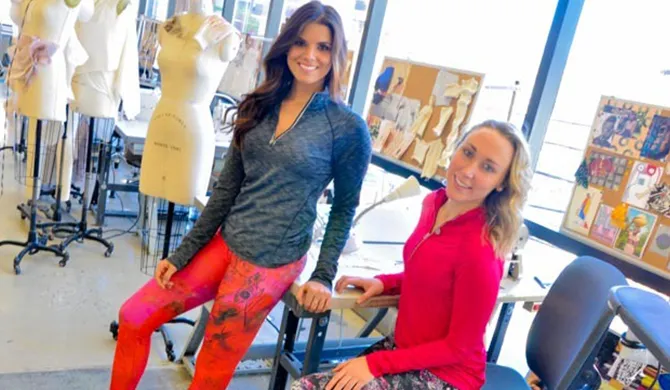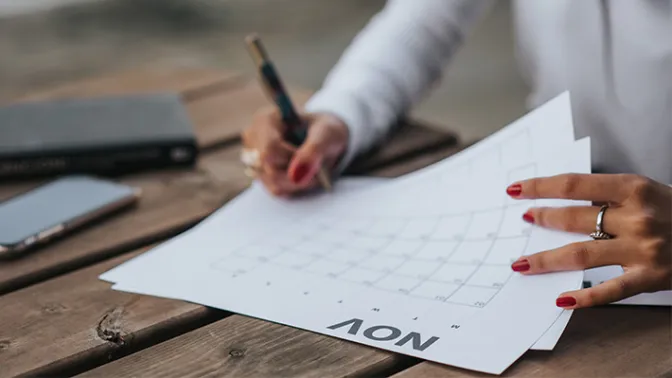
Are Average-Sized Models Better for Marketing?
Using average-sized models in clothing advertisements could create a win-win situation for both clothing manufacturers and women’s health, according to research by a Drexel PhD candidate.
Hoori Rafieian, a doctoral student in the LeBow College of Business, used Photoshop to create thin, average and plus-size versions of a female model in advertisements for luxury and non-luxury clothing lines. She then showed the mock advertisements to female study participants and evaluated their responses.
“What I was hoping to show was that if clothing companies start featuring fuller-body female models in their advertisements, not only can this help women have a better evaluation of their body — and a higher self-esteem as a result — but it will also make them have a more favorable attitude toward the ad,” she said. “It is basically a win-win situation for both the company and the customer.”
Rafieian found that those types of advertisements increased women’s self-esteem and provided them with a more realistic body evaluation. Her research also demonstrated that women held a more favorable attitude toward the advertisement because of the perceived similarity between themselves and the models.
One of the more surprising results came after Rafieian showed participants a Body Mass Index (BMI)-based range of body silhouettes and asked them to choose the one that best represented their body size. After comparing the chosen silhouettes to the participants’ real BMIs, she found that women have a much more realistic view of their body after exposure to average (rather than slim or plus) sized models.
“Using average-sized women in ads and calling them ‘plus-sized’ can do more harm than good.”
Rafieian was inspired to carry out this research because of the success of advertising campaigns featuring plus-size women for companies like H&M and Dove. She also read relevant research and literature about successful and unsuccessful real-world cases of featuring plus-size models. She hopes to continue her research in this field and focus on companies’ decisions to enter the plus-size industry for women’s clothing.
“Using average-sized women in ads and calling them ‘plus-sized’ can do more harm than good,” she warned. “Not only can it be wrongfully shaping the standards of what should be considered a plus-sized woman, but this tactic may also be perceived as hypocritical by consumers.”
This research project and poster, titled “The Effect of Advertising Models’ Body Size on Consumers’ Perceptions of Self and the Ad,” recently won the 2015 Business Research Award for Graduate Students during Drexel University’s Research Day 2015.
As a marketing PhD student, Rafieian is interested in the intersect between consumers’ well being and the business side of the clothing industry.
“My passion is to help people have healthy and realistic evaluations of their ‘self,’” she said. “I am a woman, and I am familiar with the pressure that is imposed on women, as well as men for that matter, to try to look more like the idealized images that the society expects them to be like.”
Alissa Falcone is a communications associate at Drexel University. Illustration by Allison Chang.


